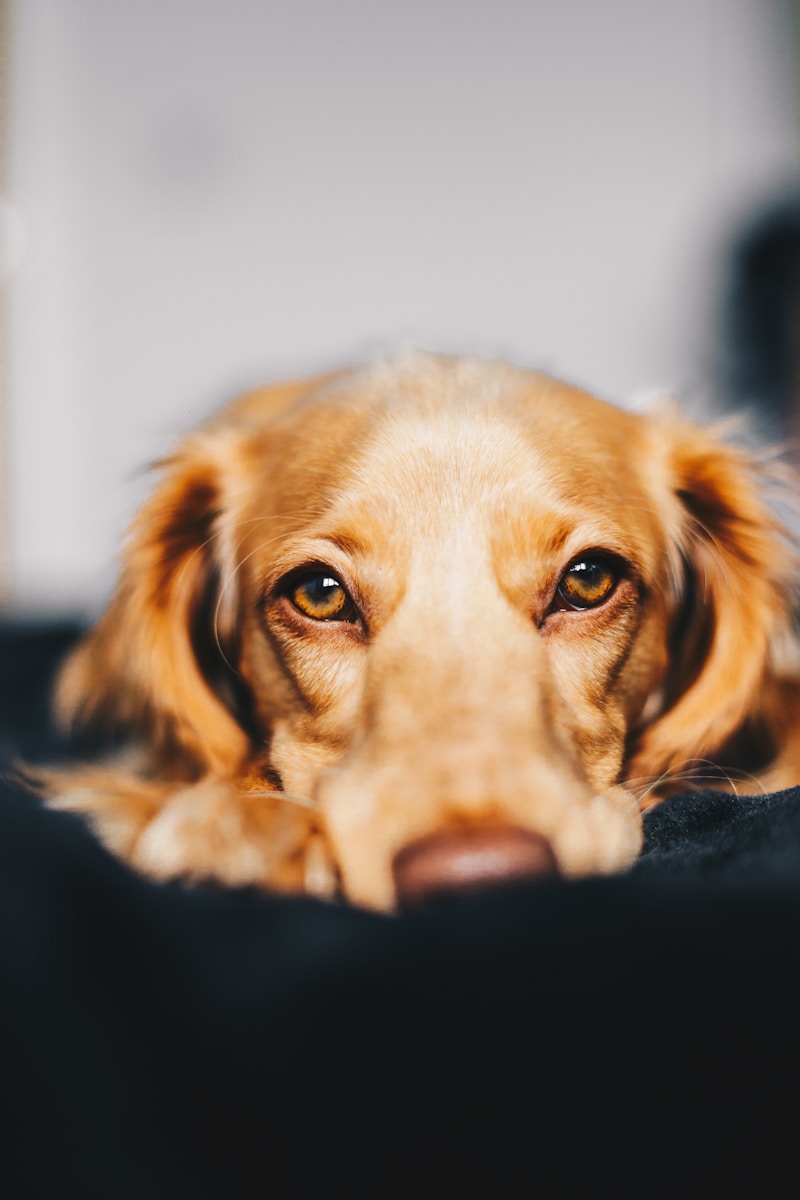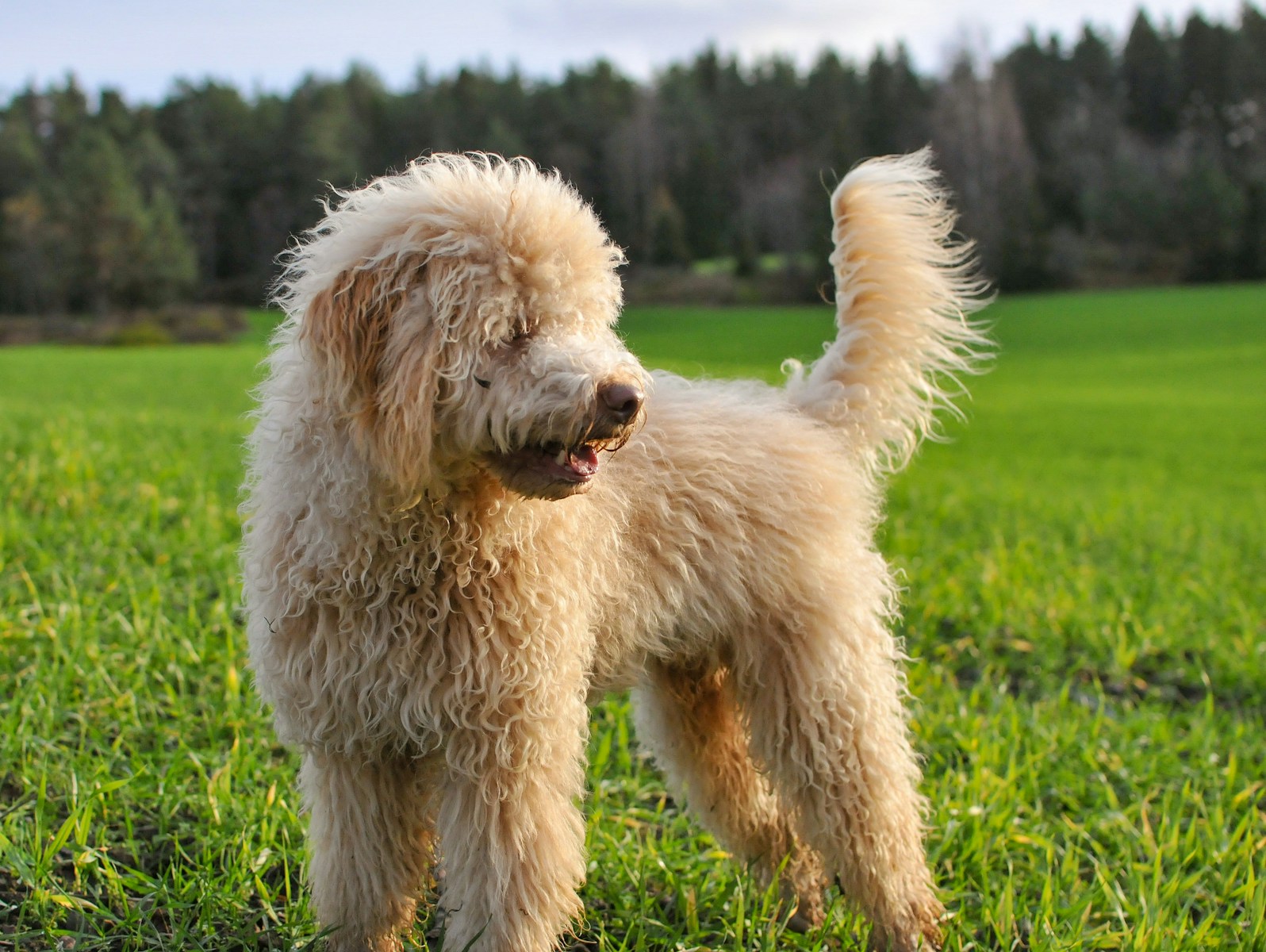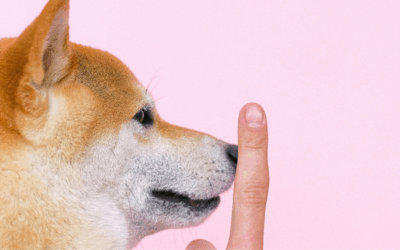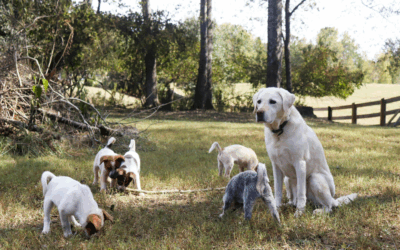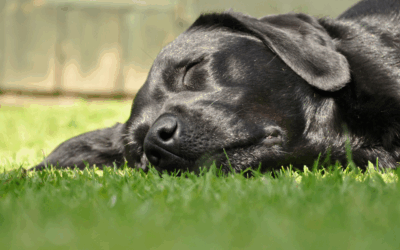How does a dog get ringworm?
Ringworm in dogs is a common concern for pet owners, especially with its ability to spread quickly and affect other animals or humans. Despite its name, ringworm isn’t a worm at all but rather a fungal infection caused by pathogenic fungi such as Fungus Microsporum canis. This highly contagious condition primarily affects a dog’s skin, hair, and nails, causing discomfort and visible symptoms like hair loss, skin lesions, and brittle hair.
This blog will cover everything dog owners need to know about ringworm, including how dogs get infected, what symptoms to look for, and how to treat and prevent ringworm effectively.

Why Maintenance Care for Your Dog is Imperative
Proper maintenance care is essential for your dog’s overall health, well-being, and longevity. By staying consistent with your pet’s care routine, you’ll not only help prevent potential health problems but also strengthen your bond with your furry companion. Here are the key reasons why maintenance care is so important:
1. Preventative Health Measures
Regular check-ups with your veterinarian allow for early detection and prevention of illnesses. Routine vaccinations, dental cleanings, and wellness exams help ensure your dog stays protected from common health risks like infections, parasites, or chronic diseases.
2. Healthy Skin & Coat
Maintaining a grooming routine, including brushing and bathing, keeps your dog’s coat healthy and free of tangles or mats. Grooming also helps identify issues such as fleas, ticks, or dry skin early on, preventing them from worsening into more severe conditions.
3. Improved Mobility
Trimming your dog’s nails and ensuring their paw pads are clean can prevent potential mobility issues. Overgrown nails can cause discomfort during walking, while untreated paw injuries might lead to infections or chronic pain.
4. Optimal Nutrition and Weight Management
Monitoring your dog’s diet is a critical aspect of maintenance care. A balanced diet tailored to your dog’s age, breed, and activity level supports their overall health. Regularly assessing their weight can prevent obesity, which is linked to a variety of health problems, including joint pain and heart disease.
5. Mental Well-Being
Maintenance isn’t just physical—it’s emotional too. Providing your dog with mental stimulation through training, play, and socialization helps keep them happy and engaged. Dogs that are mentally stimulated are less likely to exhibit behavioral issues such as chewing or excessive barking.
6. Longer, Happier Life
Taking steps to maintain your dog’s health contributes to a higher quality of life and a stronger chance of a long, happy life by your side. Consistent care minimizes unnecessary suffering and strengthens the bond between you and your beloved pet.
With regular maintenance, your dog can thrive, and you’ll have peace of mind knowing you’ve done everything possible to keep them healthy and happy.

What Is Ringworm and How Does a Dog Get It?
Ringworm is caused by fungal spores found in the environment, on infected animals, or contaminated objects. These fungi thrive in warm, moist conditions and can cling to a dog’s hair, skin, or surroundings.
Dogs may get ringworm through:
- Direct contact with an infected animal or person.
- Contact with contaminated objects like bedding, grooming tools, or shared surfaces.
- Environmental contamination, such as exposure to fungal spores in soil or on flooring.
Long-haired dogs, puppies, or older dogs with weakened immune systems are more susceptible to this condition. The ringworm fungus typically settles in the hair follicles or skin cells, causing infection and visible symptoms.

Symptoms and Clinical Signs of Ringworm in Dogs
The symptoms of ringworm in dogs can be subtle at first, making it difficult for pet owners to recognize an infection early. Here’s what to look out for:
Circular Hairless Patches
One of the most common signs of ringworm is circular areas of hair loss, often with red, scaly skin in the center. These patches tend to appear on the head, paws, or ears but can occur anywhere on your dog’s body.
Itchy or Inflamed Skin
Affected areas may cause irritation, prompting your dog to scratch, chew, or lick excessively. This can look like red skin rash scales and can lead to further inflammation and potential secondary infections if left untreated.
Dry, Brittle Fur
Ringworm can weaken the hair shafts, causing your dog’s coat to appear dry or brittle. You might also notice excessive shedding or broken hairs around infected areas.
Crusty or Scabby Lesions
Over time, ringworm infections may form lesions covered with crust or scabs. These areas might be sensitive to the touch or show signs of thickened skin.
Nail Abnormalities
If the infection spreads to your dog’s nails, you may observe brittle or deformed nails that break easily or appear discolored.
Spreading of Symptoms
Without treatment, symptoms can spread to larger areas of your dog’s body, increasing discomfort and making recovery more challenging.
If you notice any of these signs in your dog, it is essential to schedule a visit with your veterinarian promptly. A proper diagnosis, often involving a physical exam and tests like a fungal culture or ultraviolet light inspection, will ensure your dog receives the treatment they need to recover fully.
Diagnosing Ringworm in Dogs
If you suspect your dog may have ringworm, visit your veterinarian to confirm the diagnosis. Here’s an overview of common diagnostic methods:
Wood’s Lamp Examination
A special ultraviolet light may illuminate certain fungal infections on your dog’s fur or skin.
Fungal Culture
A sample of the dog’s hair or skin cells is cultured to identify the presence of fungal spores.
Microscopic Examination
A vet may examine affected hairs under a microscope for signs of Microsporum canis or other pathogenic fungi.
Fungal DNA Testing
Advanced diagnostic techniques can detect the fungus with greater precision.
Accurate diagnosis is critical for determining the most effective treatment plan for an infected dog.
Treating Your Dogs Ringworm
Treating ringworm typically involves a combination of topical and oral medications to eliminate the fungus and restore your dog’s healthy skin. Here’s a breakdown of the treatment process:
1. Topical Medication Therapy
Topical treatment is applied directly to the affected areas to manage the fungal infection. Options include:
Antifungal Creams/Ointments
These are applied to visible ringworm lesions to reduce fungal growth.
Medicated Shampoos
Bathing your dog with antifungal shampoos helps treat widespread infections and reduce fungal spores on your dog’s fur.
2. Oral Medications
For persistent or severe cases, your veterinarian may prescribe oral antifungal drugs. These medications target fungi from within and are especially useful for widespread skin infections.
3. Environmental Decontamination
Since fungal spores can spread to other animals and surfaces, cleaning and disinfecting your dog’s environment is essential. Wash bedding, toys, grooming tools, and any contaminated objects with antifungal solutions. Regular vacuuming can also help to remove fungal spores from carpets and furniture.
Preventing Ringworm in Dogs
Prevention plays a crucial role in stopping the spread of ringworm and protecting your furry friend from reinfection. Follow these tips to prevent ringworm in dogs:
Hygiene First
Maintain clean living spaces, grooming tools, and bedding for your dog.
Regular Vet Check-ups
Veterinary exams can help you monitor your dog’s skin health, especially in dogs with weaker immune systems.
Limit Exposure
Avoid allowing your dog to interact with infected pets or play in areas where fungal spores may be present.
Support a Healthy Immune System
A balanced diet and proper care can strengthen your dog’s immune system, making it more resistant to fungal infections.
Early Treatment for Other Pets
If you have multiple animals at home, consult your veterinarian to check for signs of ringworm in pets that may have been exposed.
Helpful Links and Resources on Ringworm in Dogs
Here is a list of trusted resources to learn more about ringworm in dogs, its symptoms, and effective treatments:
American Kennel Club (AKC) – Ringworm in Dogs
Comprehensive information on ringworm, including causes, symptoms, and treatment options.
A detailed guide discussing how ringworm affects dogs and the steps to manage and prevent it.
PetMD – Canine Ringworm: Informative articles on recognizing and addressing ringworm in dogs, written by veterinary professionals.
Centers for Disease Control and Prevention (CDC) – Ringworm and Pets
Insights into how ringworm can spread between pets and humans, with tips for prevention.
Veterinary Partner – Dermatophytosis (Ringworm)
A resource for pet owners looking for trusted veterinary advice about ringworm treatments.
Includes ringworm as part of its coverage on common skin conditions and how to protect your pet.
Merck Veterinary Manual – Dermatophytosis in Animals
A reference for understanding the scientific background of ringworm and recommendations for treatment in animals.
These resources can offer guidance in managing your dog’s health and preventing the spread of ringworm effectively.

Make sure your dog is ringworm-free before bringing them to Snouts and Stouts Indoor Dog Park and Bar!
Putting It All Together | How Does A Dog Get Ringworm?
Identifying and managing ringworm in dogs is essential to protect your pet’s well-being and prevent the infection from spreading to other pets or humans. If your dog’s skin shows visible symptoms like hair loss, inflamed folds, brittle hair, or redness, it’s best to act promptly by visiting your veterinarian for diagnosis and treatment.
Clean your dog’s environment, administer antifungal medication as prescribed, and prioritize hygiene to rid your home of fungal spores. With effective treatment and preventive measures, you can restore your dog’s healthy skin and keep ringworm at bay.
If you’re a concerned dog owner looking for expert advice or further guidance on managing ringworm, contact your veterinarian or explore trusted online resources. Don’t wait to take the next step in ensuring your furry friend’s health and happiness!
